Search
Remove Ads
Advertisement
Summary 
Loading AI-generated summary based on World History Encyclopedia articles ...
Search Results
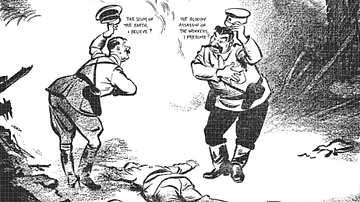
Definition
Nazi-Soviet Pact
The Nazi-Soviet Pact, also called the Molotov-Ribbentrop Pact after the respective foreign ministers of the USSR and Germany, was a non-aggression agreement signed in August 1939. The pact allowed the leader of Nazi Germany Adolf Hitler (1889-1945...

Image
Nazi-Soviet Pact Cartoon
A cartoon drawn by David Low on the subject of the August 1939 Nazi-Soviet Pact, a non-aggression aggreement between Adolf Hilter (1889-1945), leader of Nazi Germany, and Joseph Stalin (1878-1953), leader of the USSR. Both dictators had spent...

Definition
German-Soviet War - WWII's Bloodiest Front
The German-Soviet War, known in the USSR and today's Russia as the Great Patriotic War or, in Western Europe, as the Eastern Front of the Second World War (1939-45), began in June 1941 with Operation Barbarossa and ended in Germany's total...

Definition
Operation Barbarossa - Hitler's Invasion of the USSR
Adolf Hitler (1889-1945), leader of Nazi Germany, attacked the USSR on 22 June 1941 with the largest army ever assembled. The Axis offensive of June-December 1941 was code-named Operation Barbarossa ('Redbeard') after Frederick Barbarossa...
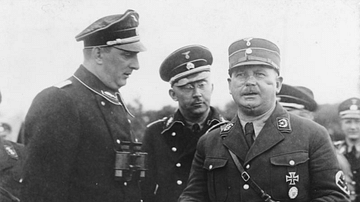
Definition
Night of the Long Knives
The Night of the Long Knives (aka Blood Purge or Röhm-Putsch) of 30 June 1934 was a purge of the Nazi Sturmabteilung (SA) paramilitary group which continued through 1 and 2 July. Adolf Hitler (1889-1945), wary of the growing power of the...
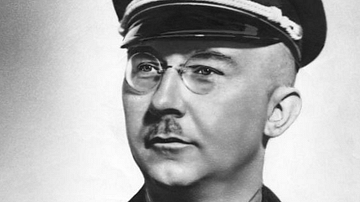
Definition
Heinrich Himmler
Heinrich Himmler (1900-1945) was the head of the Nazi SS (Schutzstaffel) organisation. One of the most powerful individuals in Nazi Germany, Himmler built up the SS from a small paramilitary unit to a vast organisation, which included armoured...

Definition
Adolf Eichmann - The Notorious Nazi War Criminal
Adolf Eichmann (1906-1962), a lieutenant-colonel in the Nazi SS, was responsible for organising the transportation of Jewish people and other victims of Nazism to concentration, labour, and death camps. Eichmann played a key role in the Holocaust...
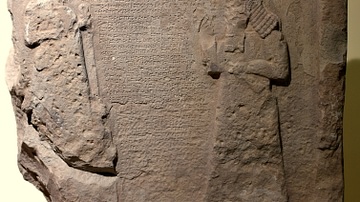
Image
Neo-Assyrian Political Pact Stele, Al-Anbar
Only this fragment of a large stele has survived. On the surface, the Assyrian and Babylonian kings were carved in relief. The cuneiform inscription narrates a political treaty between them. The faces of the kings were deliberately vandalized...
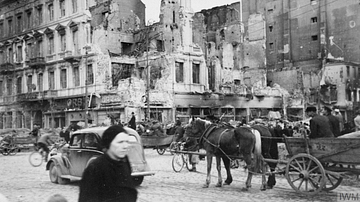
Article
The Invasion of Poland in 1939
The leader of Nazi Germany Adolf Hitler (1889-1945) ordered the invasion of Poland on 1 September 1939. Hitler's refusal to withdraw brought a declaration of war from Britain and France on 3 September, and so began the Second World War (1939-45...
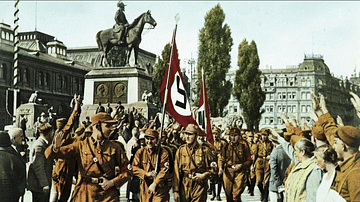
Definition
Sturmabteilung
The Sturmabteilung (SA or Storm Detachment), popularly known as the Brownshirts for their uniform, was the paramilitary arm of the German Nazi party led by Adolf Hitler (1889-1945). The SA was formed in 1921 and led most famously by Ernst...